10 Free & Premium Google Penalty Checker Tools To Help Your SEO

When you buy something through one of the links on our site, we may earn an affiliate commission.
Google penalties can be a death sentence for online businesses. Sites penalized by Google can see their traffic drop off a cliff, leaving them scrambling to identify what went wrong and how to fix it. The only way to get your traffic back is by using Google penalty checker tools.
This blog post will discuss the best Google penalty checker tools available online. We will also talk about what each tool will teach you in order to improve your SEO and get your website back on track.
Contents
The Best Google Penalty Checker Tools
Before making significant changes to correct a traffic drop, use a Google penalty checker tool that analyzes your website to quickly determine if you've been hit with a penalty. Making uninformed changes to your website will cause more confusion and make it harder to identify the problem and take corrective actions.
Below are the best Google penalty tools to access and analyze your site's status and give you insights on how to get your website ranking in top positions again if you've noticed a drop in traffic.
Mozcast
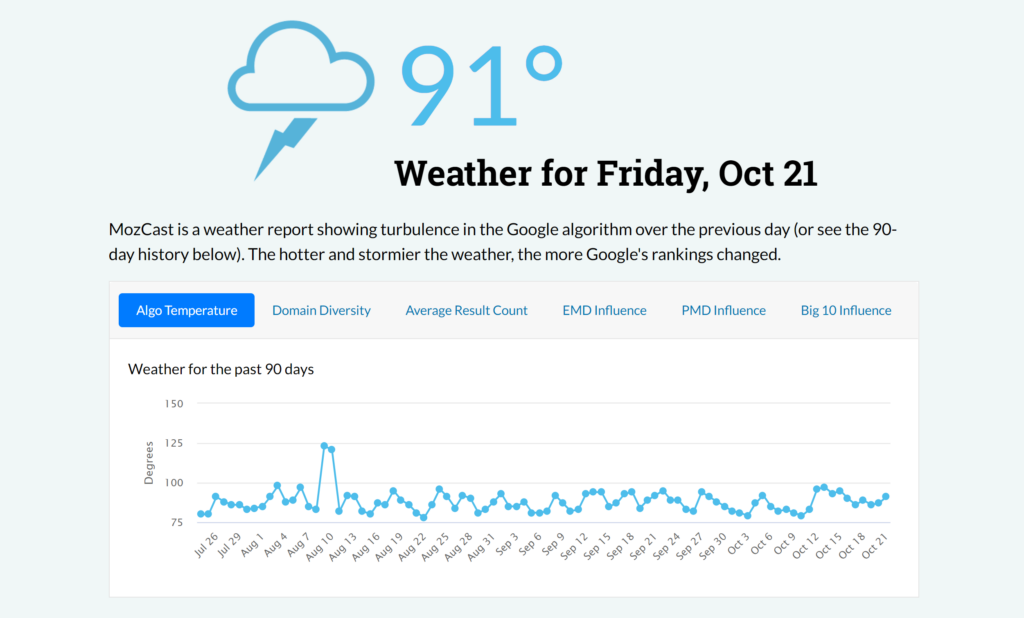
Moz is well-known in marketing as one of the most powerful SEO tools available. Although it won't list specific Google penalties your website has incurred if your traffic dropped, it lists algorithm updates from Google, both confirmed and unconfirmed.
If you've noticed your organic traffic take a sudden hit, check the helpful Mozcast feature to see if Google algorithm updates could be the cause.
The feature is separate from the paid plans and is free to use for any site owner.
Unless there is a Google algorithm update, in most cases, the likely cause of your traffic drop is a Google penalty. This helpful tool acts as a great first step to identify and analyze what went wrong with your site's Google rankings.
SEMRush
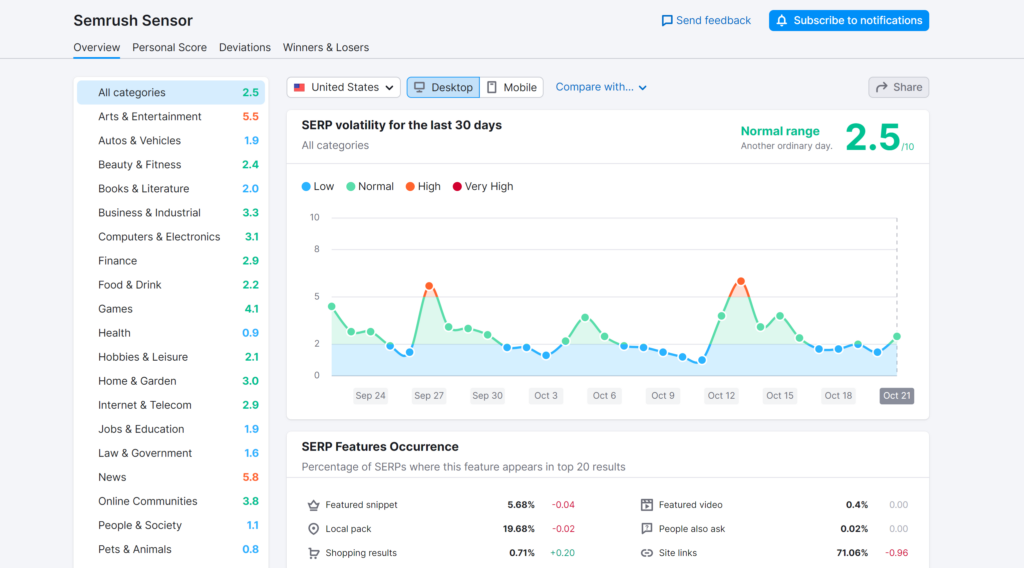
SEMRush is one of the most comprehensive Google penalty checker tools on the market.
With Semrush Sensor, you'll see Google analytics displayed concerning various website data, including:
- Traffic visitors
- Backlinks
- Organic keywords
- Referring domains
- SERP rankings
- Domain rating
The helpful Sensor feature gives information to identify and analyze whether you've been hit by one of the infamous Google penalties.
You can see SERP volatility and compare it to how your website performs after an algorithm update occurs.
Any Google algorithm change will be logged along with helpful insights that identify different industries and specific niches that were hit particularly hard by an update.
If you're just looking for a tool that checks for a Google penalty, SEMRush Sensor is exactly what you need. However, if you want a powerful SEO tool with everything you need for an effective SEO strategy, get a full SEMRush plan. This will give you access to helpful features including the backlink audit, which analyses incoming external links to determine a "toxic score," so you can use the disavow tool to tell Google to ignore specific links. You can also monitor changes to the anchor text, link quality, and other aspects of external backlinks that can affect your SEO performance.
AccuRanker Grump
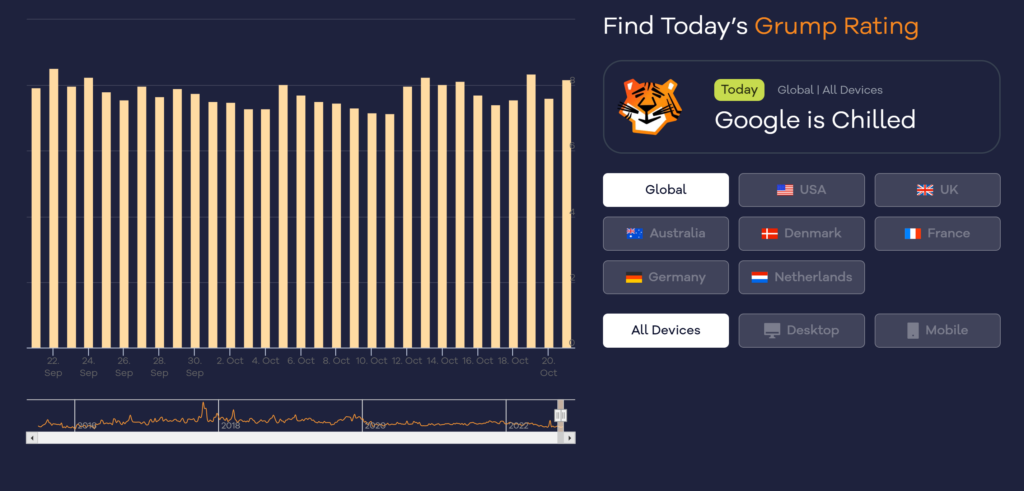
AccuRanker Grump helps webmasters monitor the Google changes to the algorithm that would cause a website to drop in traffic. AccuRanker have a bit of fun tracking the changes (check out our full AccuRanker review to learn more).
A tiger face decorates the dashboard to signal whether an algorithm change has taken place.
If the tiger is in a good mood, Google has not made many changes. If the tiger is in a bad mood, an algorithm update is in progress.
The tool doesn't track your Google Analytics, so it's not a Google penalty checker tool as such. But if your site has dropped in traffic and the tiger face is happy, indicating no algo update, you've possibly been hit with a penalty.
This helpful site is updated daily and has different filters to organize and analyze the data.
Rank Ranger
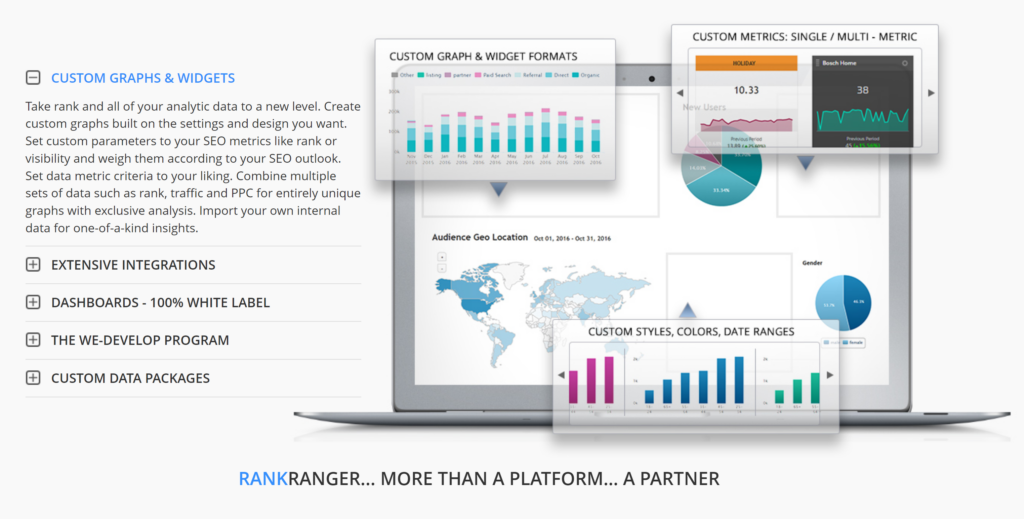
Rank Ranger is one of the Google penalty checker tools that shows any Google algorithm update changes over the past few months. Check this helpful information to see if you've been hit with a manual penalty.
The tool looks at over 10,000 domains and keywords that are monitored daily to assess SERP fluctuations.
The results of these Google rankings are displayed in a graph chart showing color-coded fluctuations. Red means fluctuations are high, and chances are there are changes to the algorithm being made by Google. Cross-reference this helpful information with your site analytics to manually check what changes need to be made to get your traffic back.
This is one of the more straightforward tools that doesn't get bogged down by extra SEO metrics. A quick look at the dashboard will tell you everything you need to know about your site's progress.
Pro Tip: Rank Ranger is free to use and serves as a great starting point in your Google penalty research.
FE International
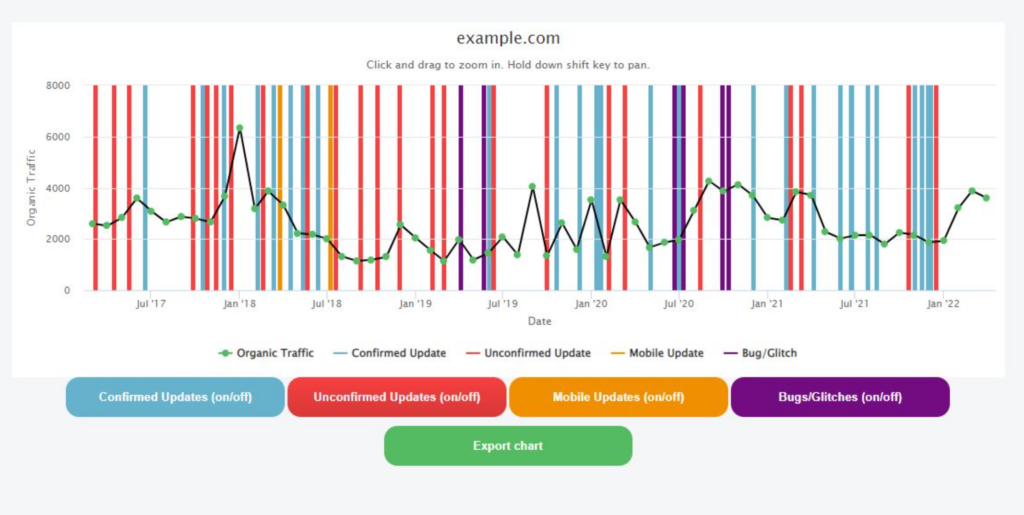
Free to use, FE International is a simple and easy tool that logs Google algorithm updates and compares them to your traffic. The tool isn't as easy to read as other platforms since all the color-coded lines make it hard to tell what's going on.
Once you get the hang of it, FE International is easy to use. Clicking on any part of the graph will focus on that area and give you more information.
All results are displayed with a color-coded graph so you can easily tell between the particular Google algorithm update.
All you have to do to use the tool is enter your domain name, and your site stats will be displayed in seconds. The tool is only good for checking algorithm changes, so if you want accurate Google Analytics account data, go with another option.
Google Search Console
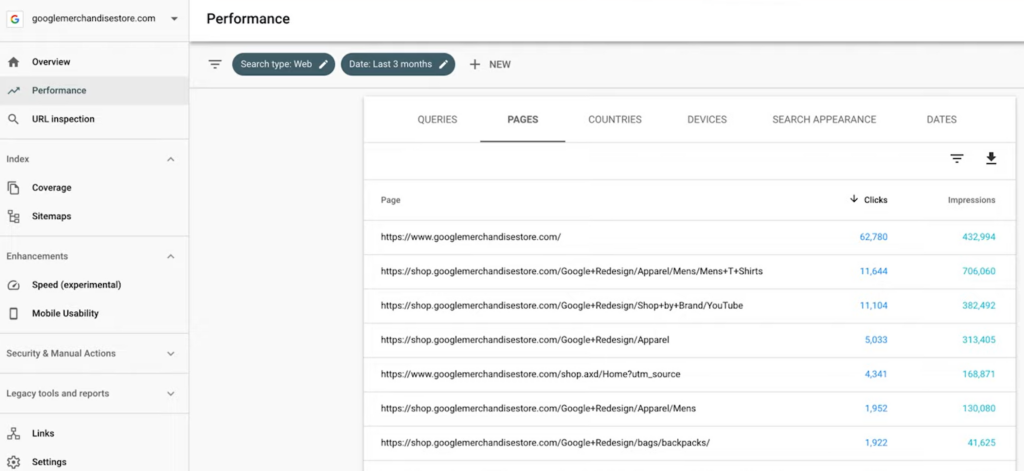
Google Search Console is a free tool run by the Google team that tracks your traffic progress and SEO performance.
Google Search Console is one of the best penalty checker tools available and the first place you should look if organic traffic to a blog post has taken a nosedive.
Unlike other tools that show Google algorithm changes, you'll easily see any penalties added to your site in Search Console and receive notifications if you miss them.
On top of displaying penalties, the GSC also shows you Google Analytics data like:
- number of visitors
- daily impressions
- trends
- mobile errors
- security issues
Site owners should check the Google Search Console weekly, if not daily, to ensure no penalties have been enforced and website traffic is trending upward. Your Search Console account will list any manual penalty from Google under the "Manual Actions" section. Go to Google Search Console > Security & Manual Actions.
Panguin
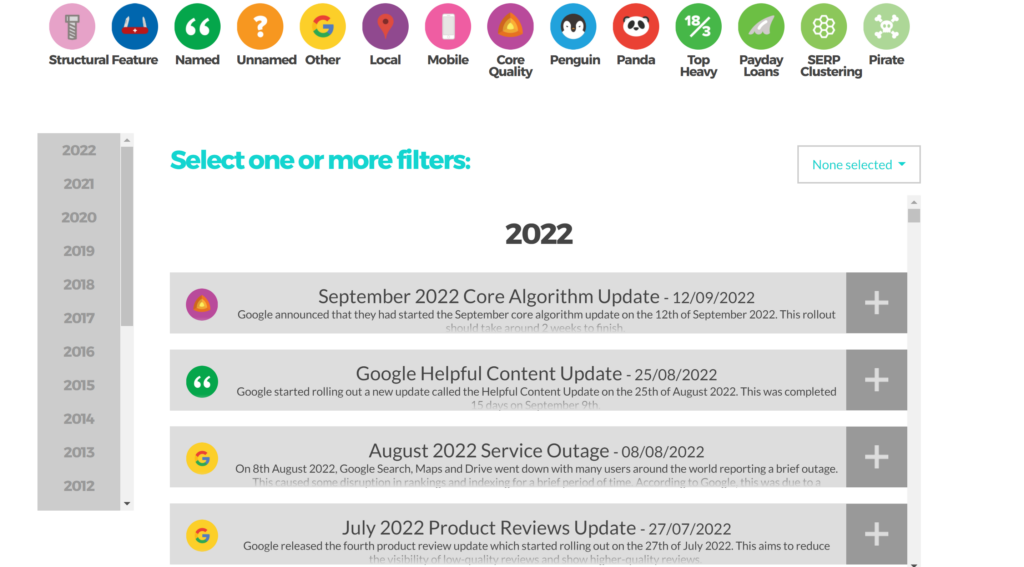
No other Google penalty checker tools on this list cut straight to the point quite like Panguin. The Panguin tool has been specifically designed to check for a Google penalty using your own Google Analytics accounts.
Panguin tool works by gathering your organic traffic website data over the past two years from your Google Analytics account and overlaying it with Google algorithm changes.
You'll be able to easily check a Google update and see the fluctuations it has called in the SERPs.
Every helpful statistic in the Panguin tool is displayed visually so even first-time users can find the information they need quickly.
The best part is you don't have to pay to use Panguin. This helpful Google penalty checker tool provides enough information for any site owner.
Fruition
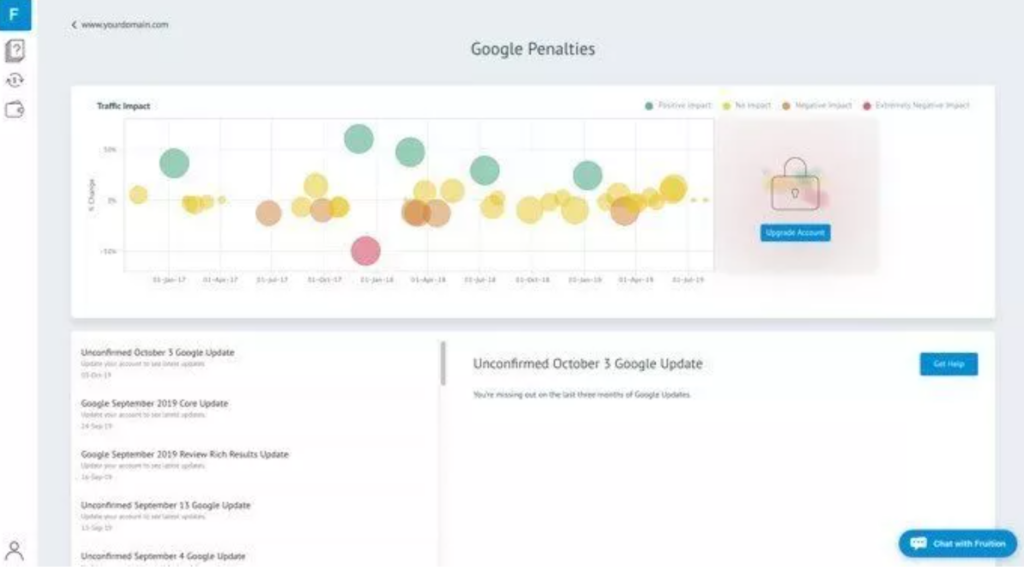
Fruition is a freemium Google penalty checker tool that uses its own proprietary algorithms and in-house team to determine reasons for website spikes and drops.
You'll receive insights on whether your site has suffered a Google penalty and what you can do about it.
The penalty checker tool uses different graphs and charts that display data from the past three months of your site.
Fruition logs even unconfirmed Google updates and changes to the algorithm, so you know you're getting a full look at whether your site is receiving a penalty.
FYI: Only established websites will be able to use Fruition as the platform needs at least 5,000 monthly visits to correctly gather data for your site, so this tool isn't suitable for small blogs.
Algoroo
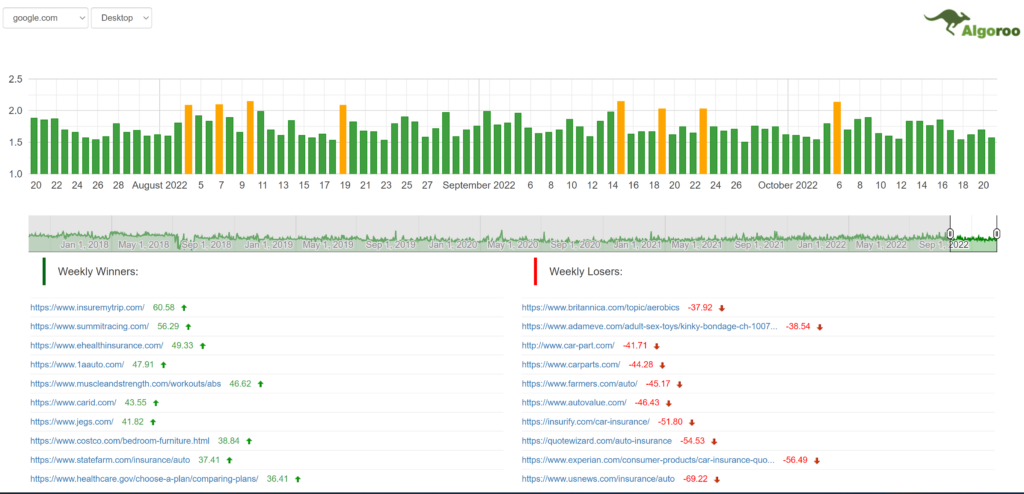
Developed by DEJAN, Algoroo is a simple tool that tracks Google changes in the algorithm. The penalty checker monitors specific keywords and checks on search rankings and fluctuations.
Higher fluctuations are measured with a different color than days when fluctuations are small. Algoroo measures fluctuations in "roo" which is their own term.
You can search back years of organic traffic to see the different changes in the Google search engine.
CognitiveSEO Signals
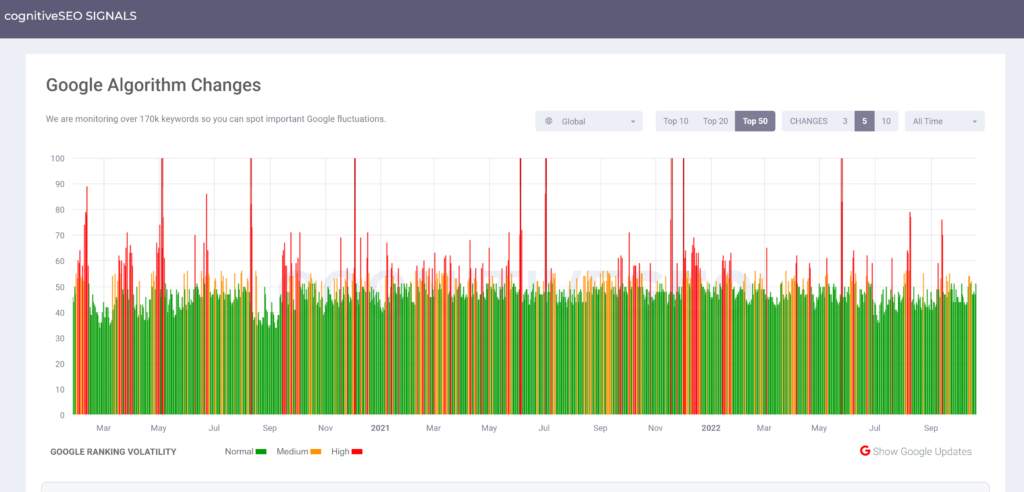
All the Google core algorithm updates are logged and detailed in CognitiveSEO signals. Although you won't be able to see your own traffic data in comparison, the tool goes into far more depth than other tools that function similarly.
CognitiveSEO monitors an impressive 100,000 keywords for mobile and desktop as well as local rankings.
You'll get options to check the top 10, 20, or 50 results on Google. There's also an option to look over the top 3,5 or 10 positions on the very first page. This will let you know if an update is a cause for any changes or if a Google penalty has hit your site.
Other features of the Google penalty checker tool include:
- Content optimization
- Backlink checker
- Penalty recovery
- SEO dashboard
- Marketing reports
- Rank tracker
It may not be as powerful as Moz or SEMRush, but CognitiveSEO is still a helpful tool for site owners and webmasters.
What Is A Google Penalty

A Google penalty is given to websites that violate Google's terms of service by using poor practices. Penalties are either manually (manual actions) or automatically (algorithmic penalties) served to websites, which can cause a website to have a sudden drop significantly in rankings.
Google's algorithm updates happen periodically throughout the year, and each Google update focuses on certain website practices that cause unfair advantages for site owners.
Blackhat methods like using PBN services, keyword stuffing, or cloaking can all result in a penalty.
If a penalty is deemed bad enough, it has the potential to remove a website from the Google search engine index entirely. When a site has been penalized by Google, website traffic will drop immediately, and the site will have a very difficult time to fix the issue to recover and regain ranking status.
How Does Your Site Get A Google Penalty
When a site owner uses bad practices to grow their website, Google takes action so that results are not manipulated in any way. Below are several reasons your site may incur a manual action or algorithmic penalty from Google:
- Cloaking
- Keyword stuffing
- Hidden links
- Spyware, viruses, adware
- Duplicate content
- Pages with irrelevant keywords
- Deceptive redirects
- Using PBNs
If your site does receive a manual action or algorithmic penalty, you'll be able to notice it in a couple of ways.
For starters, your website traffic will drop significantly. You can check this information through your Google Search Console or Google Analytics. The Search Console will go as far as display the penalty and notify you of the infraction in the Google Webmaster Tools. You can also check for Google Penalties using the Manual Actions Report.
Secondly, you can check one of the tools listed above to track Google algorithm updates. If no Google update has occurred, you likely have received a manual penalty.
How To Fix A Google Penalty
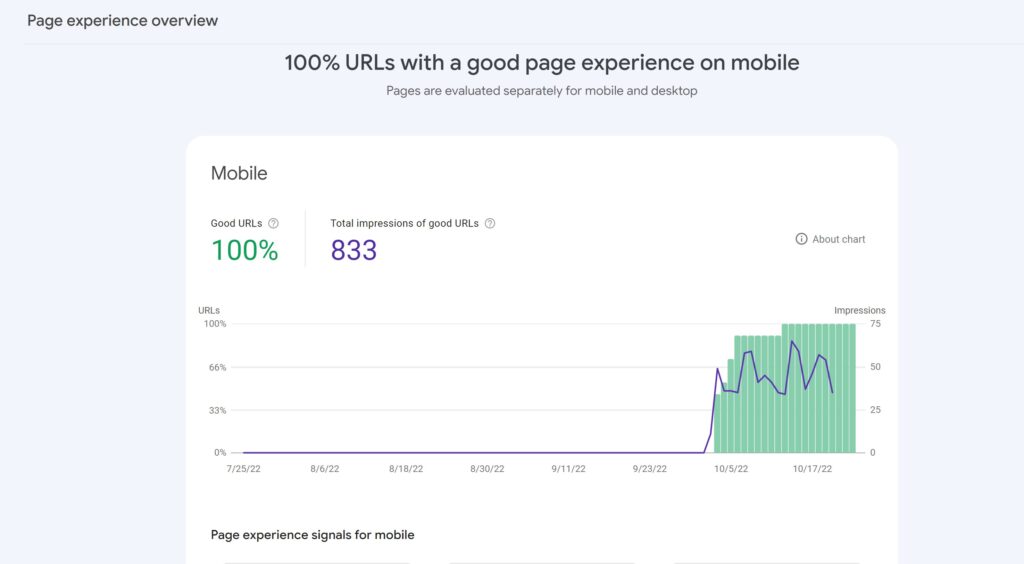
The first step to correcting a manual penalty given by Google to regain your lost traffic and improve your website's rankings is to fix the action that is causing the penalty. Stop using bad link services, don't publish thin content, don't try to manipulate Google's rankings, and don't continue to use duplicate content on your website.
Read Google's terms of service or the Google Search Essentials to understand what Google deems appropriate and inappropriate.
Once you have removed the problem causing the penalty, follow the steps below to recover your site's traffic.
Understand Your Penalty Thoroughly
Messages sent from Google will help you understand what kind of penalty you have received. If the message is vague, research the type of penalty it may be. The Webmaster Guidelines are a great resource and tell you exactly what not to do on your website.
Research how others have acted to resolve their penalty. You'll find helpful articles about specific Google updates and penalties on these popular SEO tool blogs:
Consult an SEO expert with experience in penalty analysis and helping websites recover from penalties if needed. They'll know the steps to fix the issue and get your site back in Google's good standing.
Take Security Measures
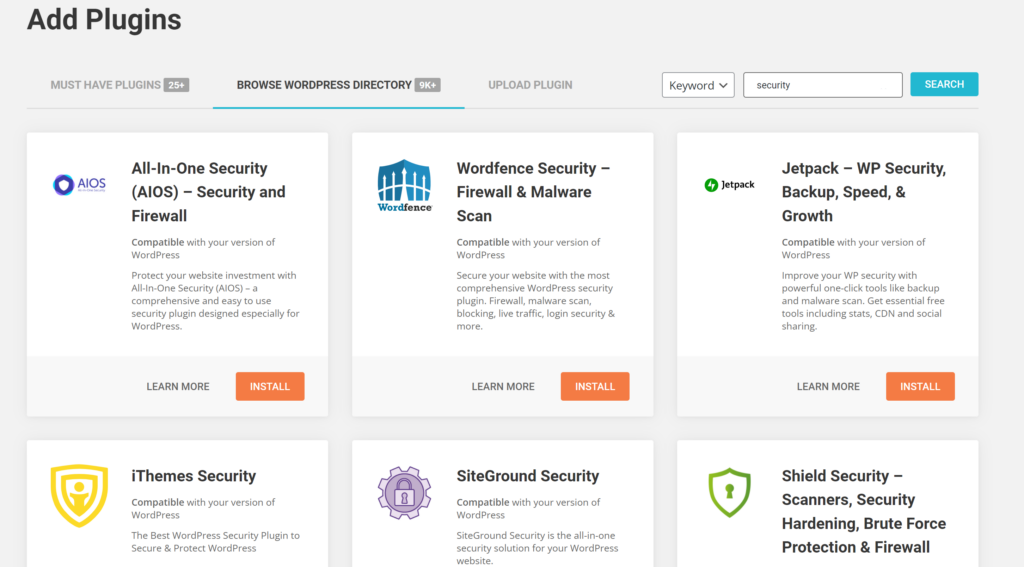
One of the more frustrating penalties to receive involves your website being hacked. If Google detects any malware that includes spammy or harmful content, your site will immediately be penalized.
Google wants to protect searchers from visiting sites that could cause potential harm to their computers, so they will remove the website from SERPs until the issue is resolved.
If your site has been hacked, take these steps:
- Change all passwords on the site (admin, FTP, Cpanel, etc.)
- Update to the latest software versions
- Install a security plugin
- Remove any malicious code
- Restore any lost content
If you're unfamiliar with how to take these steps, contact your hosting provider or an expert. You must remove the malware while creating protection against future attacks.
Remove Unnatural or Spammy Links
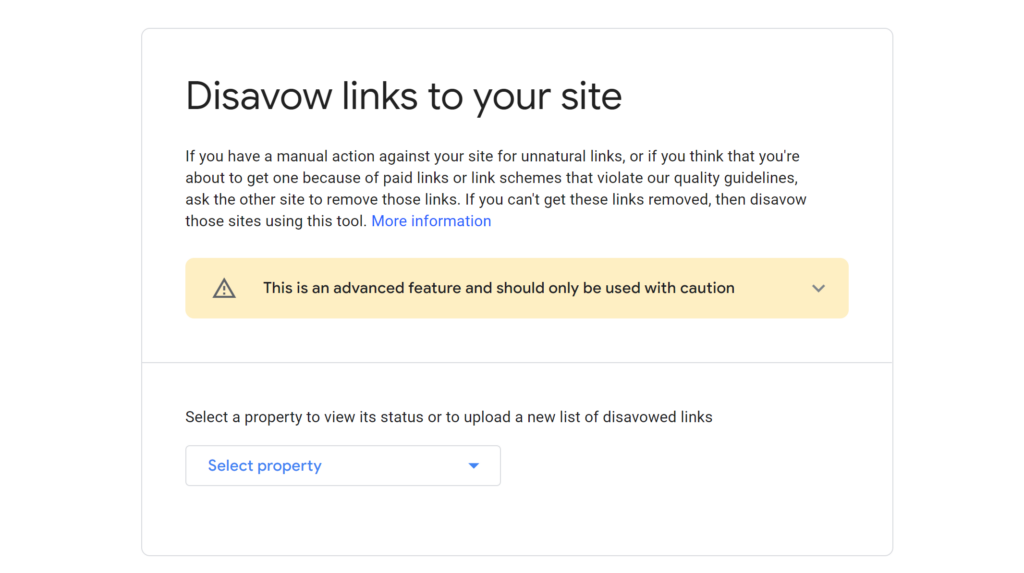
One of the fastest ways to grow a site and get it to rank is through quality links. The problem site owners run into is how they acquire those links and what type of quality the links contain.
Most penalties given to sites for links involve unnatural methods like:
- Link directories
- Spammy blog comments
- Paid links
If Google determines that backlinks pointing to your site are not from relevant industries, they will deem these unnatural and poor quality. The same applies to links in your article pointing to external sources.
If you are on the receiving end of spammy, low quality backlinks, Google may still penalize your site. Here are a few guidelines Google has given for categorizing bad backlinks leading to a possible penalty:
- Backlinks purchased in exchange for goods and services
- Excessive amounts of link exchanges with the sole purpose of link building
- Guest posts or similar articles posted on multiple sites
- Automated programs or services that acquire links
Fix this problem by removing any unnatural links pointing to external sources on your own site. Do some backlink analysis and use the disavow tool from Google for poor quality backlinks pointing to your site.
Create High-Quality Content
Many affiliate sites are caught for having thin content on their pages by Google's standards. Thin content means that the sites only include articles selling other people's products, but they don't provide helpful content for searchers. These types of sites are heavily penalized because thin content provides a poor user experience.
Take these steps if your site needs to improve the level of content to rank:
- Remove content copied directly from a manufacturer or retailer's website (and if you have your own store, make sure to use the best retail SEO).
- Fix content written only for ranking purposes, like keyword-stuffed articles or blog posts with multiple links packed into the copy.
- Write new, high quality content to replace all removed copy and ensure it appeals to human beings, not just search engines.
- Create systems and SOPs that ensure content is written in a way that provides more value to readers
Although fixing thin content is easy compared to some other Google penalties, it takes time to create and write new content.
Remove Duplicate Content
Google wants every search result page to have original and unique content that is helpful and relevant to the search intent.
If a website is copying content from another site to rank, it will eventually be penalized with a manual action or an algorithmic penalty.
Avoid this problem by ensuring all content on your site is 100% original. This includes blog posts, articles, product descriptions, and even images. If you've ever copied any content, rewrite the post or remove it completely to regain your ranking position in the SERPs.
The problem for most site owners is third-party services are automatically scraping your website's content and using it for their own purposes.
Google is fairly lenient when it comes to scraping as long as you take action to have the content removed.
The fastest way to remove the content is by filing a DMCA complaint with the site host scraping your content. Once they receive the complaint, they are legally obligated to take the content down.
For manual penalties, submit a reconsideration request to Google to have the manual action penalty removed. Algorithmic penalties require you to fix the problem that caused it and submit your website for review.
Google Algorithm Updates Vs Google Penalties
Google algorithms are essentially coded programs using specific metrics to track, monitor, and rank websites in search results.
Algorithms are designed to provide searchers with the most relevant and useful content for their queries.
When Google makes an algorithm update, they adjust or change the code so search results run more efficiently and use better metrics to rank websites.
A Google algorithm update happens in small stages almost every month, but major changes happen 3-4 times a year. These can cause traffic drops in websites but aren't considered actual penalties.
Google penalties are imposed because a site violates Google's terms of service to manipulate search results. These penalties can be either manual or algorithmic.
Manual penalties are imposed by a Google employee after they have reviewed your website and found that you are in violation of one or more guidelines. Algorithmic penalties are automatically applied when your website is discovered to be breaking the rules.
A penalty will result in a significant traffic drop that is difficult to recover from. In worst-case scenarios, your site will be removed from the Google Search Engine completely.
Using Google Penalty Checker Tools
When you are infected, Google penalties cause significant damage to your website and could even cause complete removal from the Google Search Engine.
If you have had a drop in traffic and are worried you have received a penalty, use one of the tools above to check your site's status easily. Fix any issues and make a reconsideration request to Google. With some work, your site will be back to normal in no time.
Want to learn step-by-step how I built my Niche Site Empire up to a full-time income?
Yes! I Love to Learn
Learn How I Built My Niche Site Empire to a Full-time Income
- How to Pick the Right Keywords at the START, and avoid the losers
- How to Scale and Outsource 90% of the Work, Allowing Your Empire to GROW Without You
- How to Build a Site That Gets REAL TRAFFIC FROM GOOGLE (every. single. day.)
- Subscribe to the Niche Pursuits Newsletter delivered with value 3X per week
My top recommendations

















